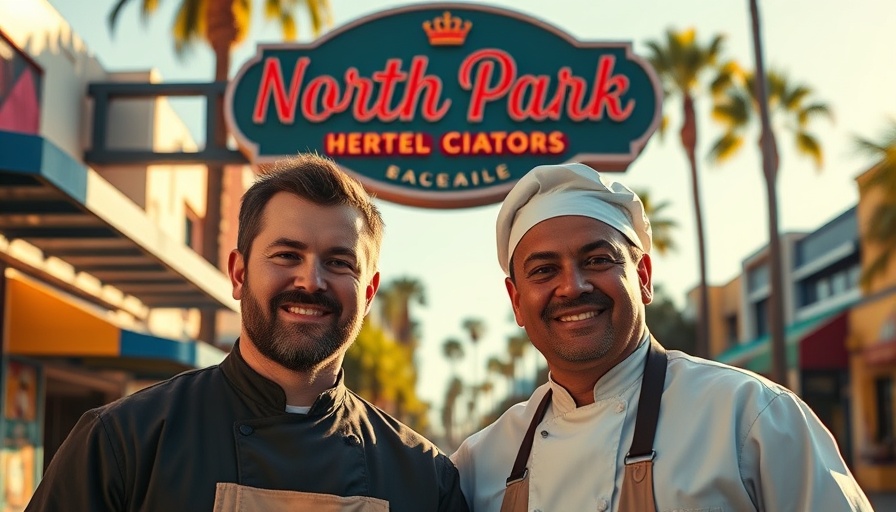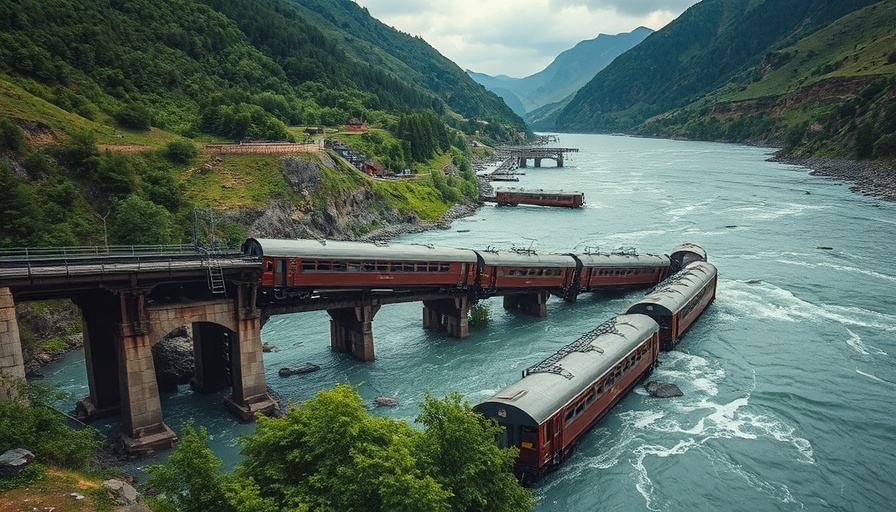
Understanding San Diego's Library Hour Reductions
The recent proposals to reduce operating hours at public libraries in San Diego have stirred significant public discussion. With the city facing a projected budget deficit of $258 million, Mayor Todd Gloria suggests reducing library hours, particularly proposing closures on Sundays and Mondays. The plan has ignited controversy as community leaders and library users push back against these cuts, stressing the importance of these spaces in low-income neighborhoods.
Why Libraries Matter More Than Ever
For many in the community, libraries are not just places to borrow books; they serve as vital centers for learning, connection, and service access. According to council member Vivian Moreno, libraries provide a public space where students can find peace to study, especially in households where quiet time is hard to come by. With internet access and resources, libraries are lifelines for families navigating economic difficulties.
Alternative Proposals to Navigate Budget Constraints
In light of the backlash regarding his initial proposal, Mayor Gloria is open to alternatives that could soften the impact of these cuts. The Chief Librarian, Misty Jones, is collaborating with city budget experts and library workers to strategically adjust operating hours based on branch needs rather than enforce uniform closures across the board. This targeted approach aims to retain essential services in high-need areas.
The Uneven Impact of Library Hour Cuts
Critics, including council member Henry Foster, argue that the proposed uniform cuts disproportionately affect libraries in low-income neighborhoods. They claim that affluent branches cater more to material loans, while poorer areas rely on libraries for community support and access to services. Recent municipal studies further reinforce these perspectives, showing differing usage patterns between wealthier and low-income neighborhoods.
Counterarguments and Diverse Perspectives
There are voices in the deliberation advocating for cost-saving measures; however, many community members have expressed poignant views about the necessity of accessible libraries. They argue that even in a digital age, public libraries offer irreplaceable benefits, such as community engagement and educational opportunities. This ongoing debate reflects deep-rooted values concerning access to public services and their role in fostering community resilience.
Looking Forward: Ensuring Accessibility in The Community
The city must navigate these challenging financial waters while prioritizing the needs of its diverse communities. As the San Diego City Council continues discussions on the best path forward, there is a unique opportunity to reshape library services in a way that better meets the needs of all citizens. Community responses and innovations in service delivery could lead to a model that embraces equity and accessibility.
As the city moves forward, it becomes increasingly vital for residents to engage in this discussion. Public libraries are more than books—they are precious community resources worth preserving. Together, we can advocate for a system that meets the needs of every neighborhood, ensuring that libraries remain open, accessible, and funded adequately for generations to come.
 Add Row
Add Row  Add
Add 




Write A Comment